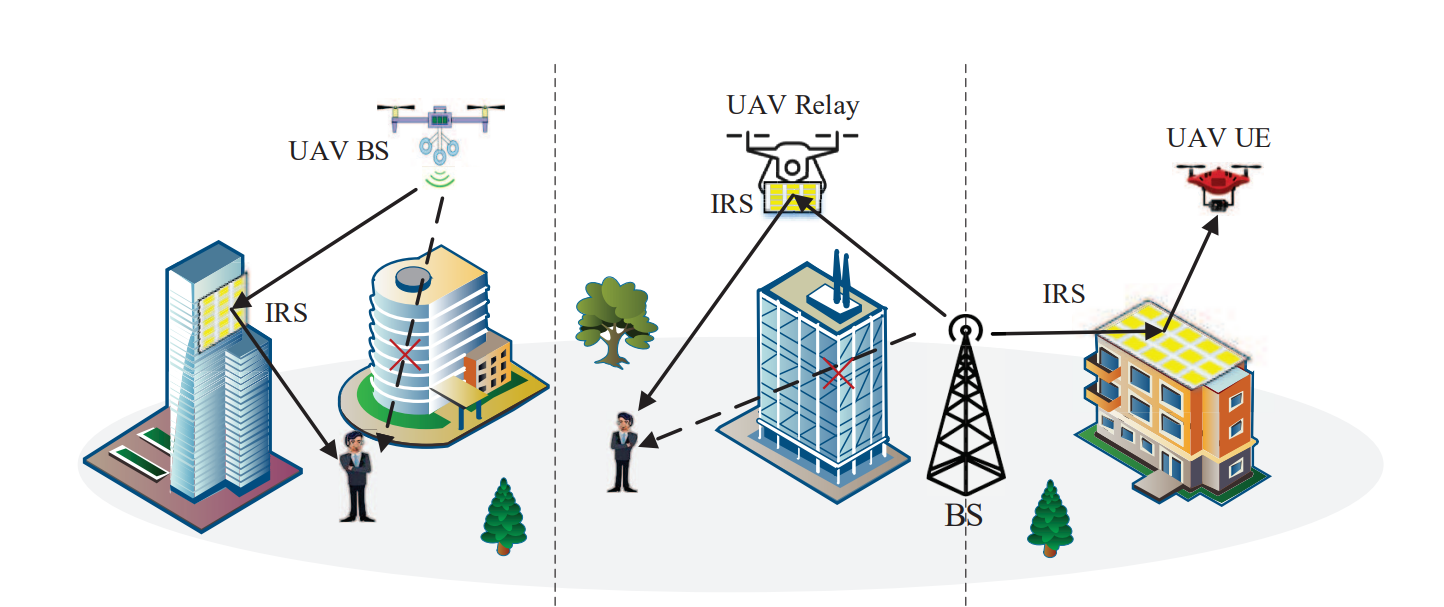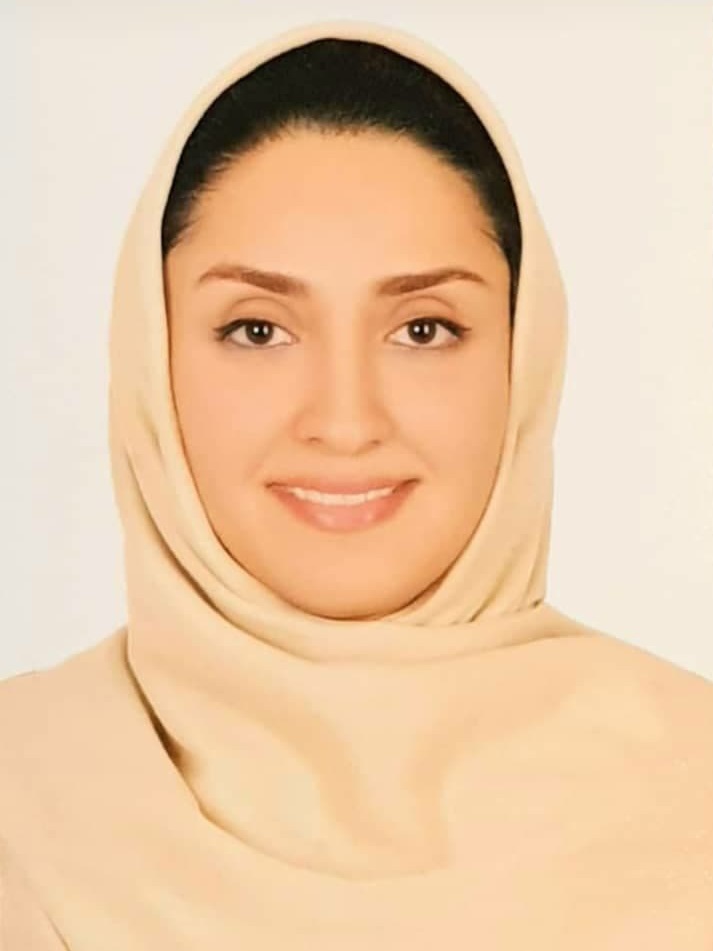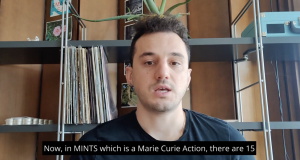Published on: September 9, 2021
Unmanned aerial vehicles (UAVs) are aircrafts operating without a pilot. They can fly either remotely controlled by an operator or autonomously with the help of the onboard sensors. In recent years, the ease of deployment, low operating cost, and the adaptive mobility of UAVs have attracted considerable attention for civilian and commercial applications. UAVs can provide reliable wireless communication from the sky at a low cost. They can provide higher transmission efficiency with enhanced coverage and capacity by taking advantage of their adaptive mobility. However, the heavily utilized sub-6 GHz spectrum bands are not enough to fulfill the high data-rate communication requirement. Using the abundance of unoccupied bandwidth available at millimeter-wave (mmWave) frequencies can be a promising solution for this issue. Also, performing three-dimensional beamforming provided by large antenna arrays packed in a small area makes mmWave technology a good candidate for UAV communications. Fig. 1 shows several application scenarios of mmWave-UAV communications. Some of these we discuss below.
UAV Base Stations (BSs): UAVs can be used as flying BSs. The deployment of UAVs can provide widespread access from the sky toward ground user equipment (UEs). UAVs can provide communication during special events such as disaster rescue or in remote areas such as deserts or oceans. UAV BSs can change their positions and altitudes dynamically to provide sky-to-ground communication links which improve the capacity and coverage communication requirements.
UAV Relays: UAVs can be used as relays between ground nodes in mmWave frequency bands. As it is known, mmWave communication systems are quite vulnerable to blockages due to high penetration losses and reduced diffraction. UAV relays can flexibly adjust their positions to establish the communication links between the ground nodes which is particularly beneficial when the terrestrial mmWave communication between the nodes is blocked. Therefore, UAVs as flying relays can improve the reliability and coverage of terrestrial communication systems.

Fig. 1. Applications of mmWave-UAV communications.
It is worth mentioning that there are some technologies introduced for mmWave systems such as intelligent reflecting surface (IRS) that can improve UAV communication as well. IRS is a planar surface consisting of passive reflecting elements where each element is able to reflect the incident signal by different amplitude and phase, in order to steer the reflected signal towards the desired target. Three application scenarios for UAV communication systems enabled by IRS are briefly shown in Figure 2 and described hereafter.
IRS-assisted UAV BS: Transmitted signal from UAV BS can be blocked by any obstacle such as buildings. In this case, IRS that are usually placed on building facades can establish the link between the UAV BS and the ground users. The mobility of UAVs and the passive beamforming of IRS increase the data rate of UAV communication systems considerably.
IRS-mounted UAV Relay: IRS can be deployed on a UAV. When a UAV acts as a relay, the passive beamforming of the IRS along with the active beamforming at the ground BS can improve the end-to-end performance. Also, optimizing the position of the UAV relay and passive beamforming of the IRS would lead to reliable communication.
IRS-enabled UAV UE: UAVs can act as flying users that are served by ground BSs. In these scenarios, IRSs can increase the signal strength received by UAVs.

Fig. 2. Three applications of IRS-assisted UAV communication
MmWave UAVs can enhance the performance of terrestrial mmWave communication by taking advantage of their flexible mobility. Also, integrating mmWave-UAV and IRS can considerably improve UAV communication performance. It should be noted that most of the mmWave communication analysis is validated theoretically, and real-time experiments are required to confirm these investigations. There are also several challenges for mmWave-UAV communication such as antenna structures and channel modeling that are beyond the scope of this blog. You can find more information about the applications and challenges of mmWave-UAV communications in the references of the post.
If you were able to stick until the end and can’t wait for more content and you also want to know about us and our projects, you can always follow our social media channels.
Citations
[1] Xiao Z, Zhu L, Liu Y, Yi P, Zhang R, Xia XG, Schober R. A survey on millimeter-wave beamforming enabled UAV communications and networking. IEEE Communications Surveys & Tutorials. 2021 Nov 13.
[2] Zhang L, Zhao H, Hou S, Zhao Z, Xu H, Wu X, Wu Q, Zhang R. A survey on 5G millimeter-wave communications for UAV-assisted wireless networks. IEEE Access. 2019 Jul 16;7:117460-504.





